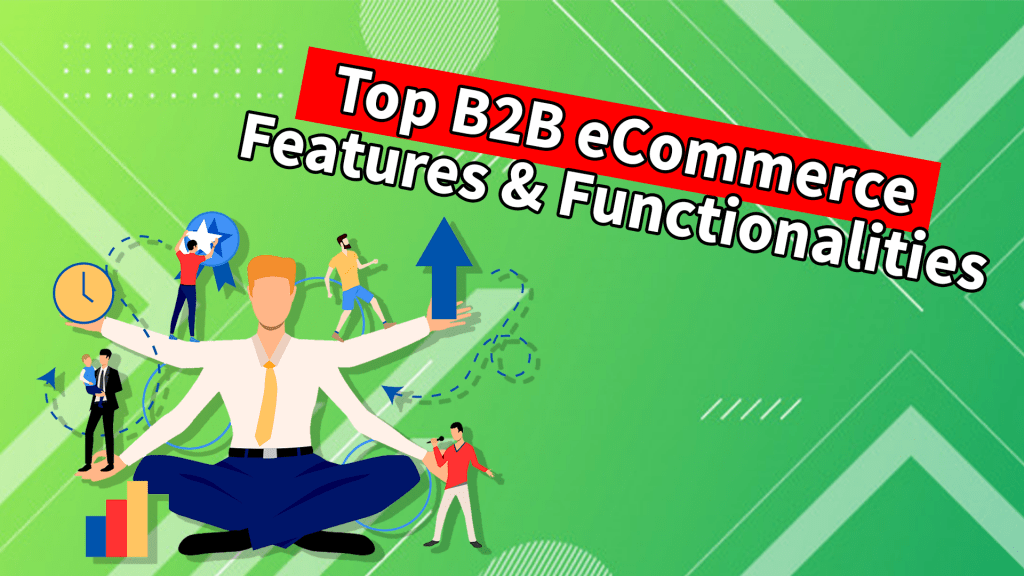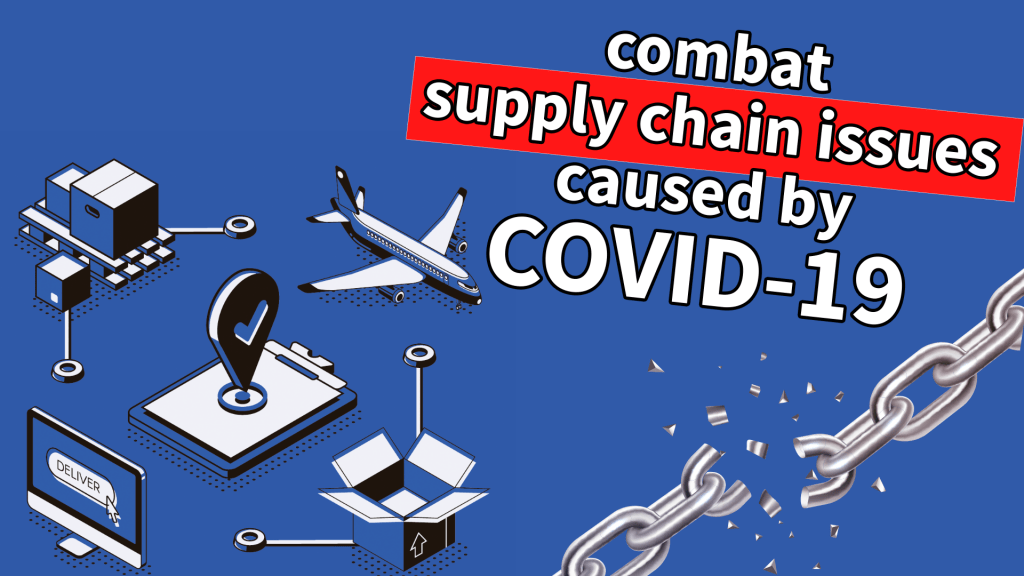Google’s algorithm is always changing and updating. So is search intent. The way that users are searching for products online is constantly changing.
How to Prioritize SEO Efforts in 2021
How do these factors affect your SEO strategy in 2021?
Focus less on the traditional SEO elements like putting keywords in headers and reaching X amount of words on a page. Then prioritize your core web vitals. You need to be worried more about, is your page running quickly, or is your page mobile responsive? Making sure that you’re ahead of your competitors rather than relying solely on traditional SEO.
As of February 2021, Google just introduced this core web vitals to search console about a few months ago and gave us a little bit of insight into what they’re going to be looking at in terms of their ranking factors in their algorithm. They’re going to be looking at site speed as it pertains to user experience and mobile responsiveness.
Google provides the best most relevant content and user experience based on a search query. If your site does not have fast load times if it’s not mobile responsive. You’ll have a hard time growing organically on Google. Load times take more weight away from just your traditional keyword, word count, meta titles, meta descriptions.
Adapting Your SEO Strategy for User Experience
The fundamental old-school SEO mindset is still important. However, you need to focus on user experience. Technology, eCommerce platforms, and A development team or freelance developer are part of your marketing strategy.
You need to have developers involved. A marketer is not going to know how to handle the backend from a technical standpoint. Developers identify problems that are weighing your site down and implement fixes and changes.
The same goes for creating a mobile-optimized site. So you need to have a developer involved within your SEO strategy for 2021. If you do not, you’ll fall short in terms of where you’re ranking amongst your competitors. User experience is essential in 2021.
How Google Measures Organic Traffic And User Engagement
What are some of the other metrics that you need to focus on to show Google?
Focus on the KPIs that are going to tell you how users are engaging with your site. Pay attention to the bounce rate. People visit your site and they don’t find what they’re looking for with that search query, the number one priority that Google reviews. Or the page that they’re landing on is completely irrelevant.
Site speed is another factor. Visitors dislike if a site loads too slowly. They leave immediately without performing any action.
There are other metrics like session duration or pages per session that you can also look at. But the top one that you want to be looking at is your bounce rate. And then ultimately the conversions that go along with that.
If you drive traffic to your site, Google goes to the site. They view how many pages they go through on your site, how long they’re on your site and are they converting.
Average session duration and pages per session don’t carry as much weight. If you drive traffic to your site and it’s extremely intuitive, and the user’s ability to find exactly what they’re looking for and immediately go and purchase and exit, obviously that’s going to bring down your average session duration and pages per session. Take those two metrics with a grain of salt and factor in the landing page that they’re using to enter.
Evaluate if your site converts well. If it’s excelling at conversions, Google knows you have a good user experience.
Optimizing Search Results And Existing Traffic
What other priorities do you need to consider?
Site speed will become a priority. However, that falls under the umbrella of user experience, and that falls under the umbrella of ultimately conversion rate optimization.
Your SEO strategy for 2021 should focus more on converting the existing traffic coming to your site rather than trying to bring in more. You might say, “That’s not SEO.” However, if the user experience is one of the key factors in Google’s core ranking algorithm, then focus on conversion rate optimization to supplement your 2021 SEO strategy.
Related to conversion optimization, organize your products into categories. Then implement intuitive navigation and structure for your website.
First, the method makes it easy for people to find exactly what they want. Second, it gives you unique opportunities to target pages for specific product categories.
For example, consider a client that sells office furniture. They have their office desk category, they have it split into L-shaped, U-shaped, executive, ergonomics, standing, and more. They all have search volume.
Product organization makes it easier for people to find what they’re seeking online. Target and focus specifically on those keyword groups rather than trying to make one page rank for all these different keywords.
And it also makes for nice clean content. When Google is crawling your site map, they see a nice, organized, clean structure. They may conclude from a keyword universe standpoint within each and every one of these categories it makes sense.
If you drive more conversions from the traffic you’re generating, you’ll increase visibility and generate more traffic. Let us know if you have any questions.






